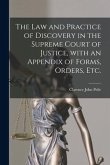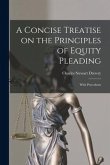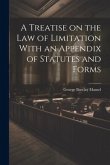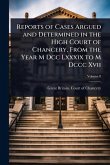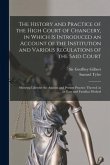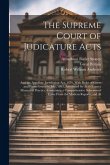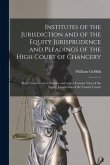"A Treatise on the Statutory Jurisdiction of the Court of Chancery, With an Appendix of Precedents" is a comprehensive legal text by William Whittaker Barry, originally published in 1861. This treatise provides an in-depth examination of the statutory jurisdiction exercised by the Court of Chancery, a historical court of equity in England and other common law jurisdictions. Barry's work meticulously outlines the powers and procedures of the Court of Chancery as defined by statute, offering valuable insights into the legal framework of the time. The inclusion of precedents in the appendix enhances the book's practical utility, offering concrete examples for legal professionals. This historical legal text remains a valuable resource for legal historians, scholars of jurisprudence, and anyone interested in the evolution of legal systems and the role of equity courts. This work has been selected by scholars as being culturally important, and is part of the knowledge base of civilization as we know it. This work was reproduced from the original artifact, and remains as true to the original work as possible. Therefore, you will see the original copyright references, library stamps (as most of these works have been housed in our most important libraries around the world), and other notations in the work. This work is in the public domain in the United States of America, and possibly other nations. Within the United States, you may freely copy and distribute this work, as no entity (individual or corporate) has a copyright on the body of the work. As a reproduction of a historical artifact, this work may contain missing or blurred pages, poor pictures, errant marks, etc. Scholars believe, and we concur, that this work is important enough to be preserved, reproduced, and made generally available to the public. We appreciate your support of the preservation process, and thank you for being an important part of keeping this knowledge alive and relevant.
Bitte wählen Sie Ihr Anliegen aus.
Rechnungen
Retourenschein anfordern
Bestellstatus
Storno


